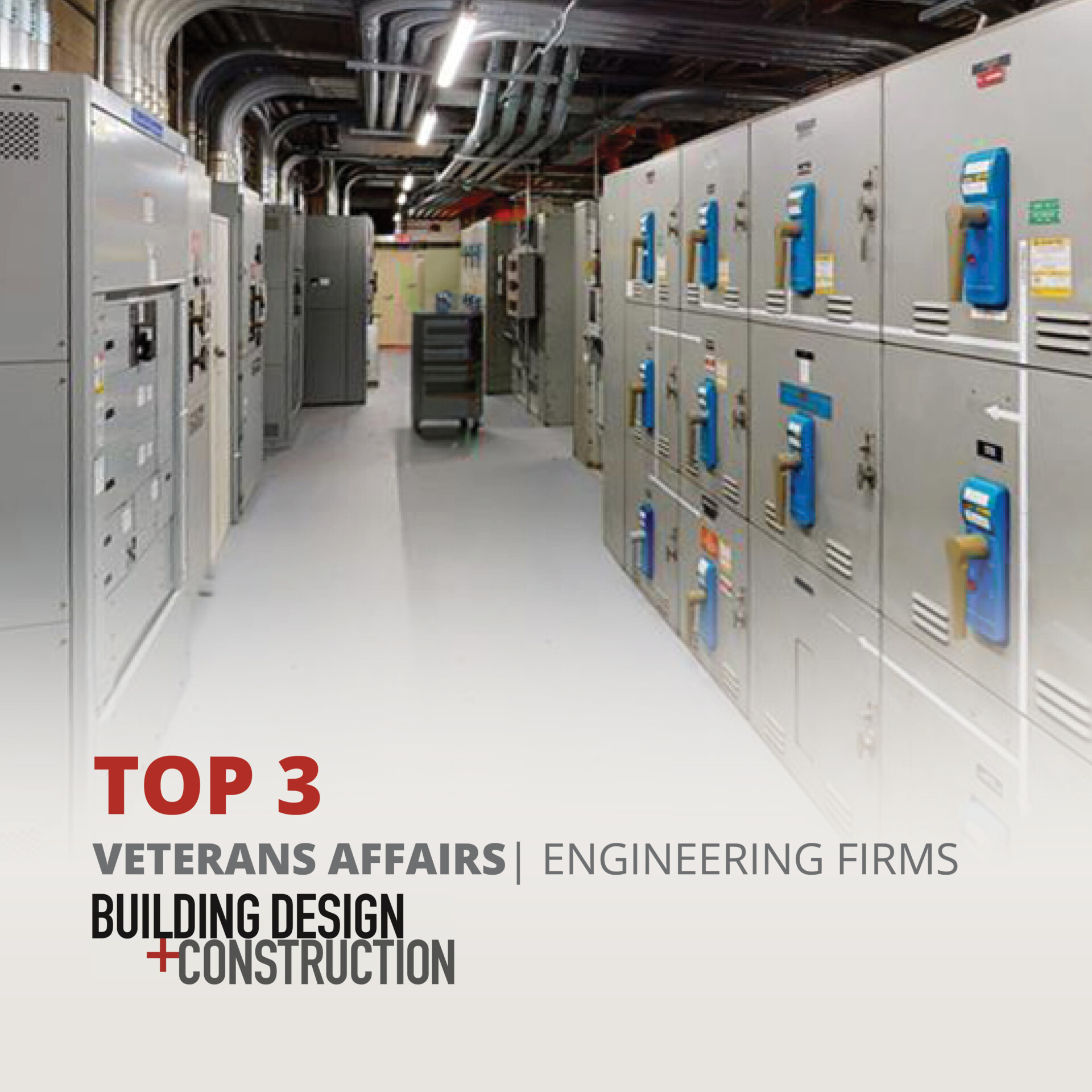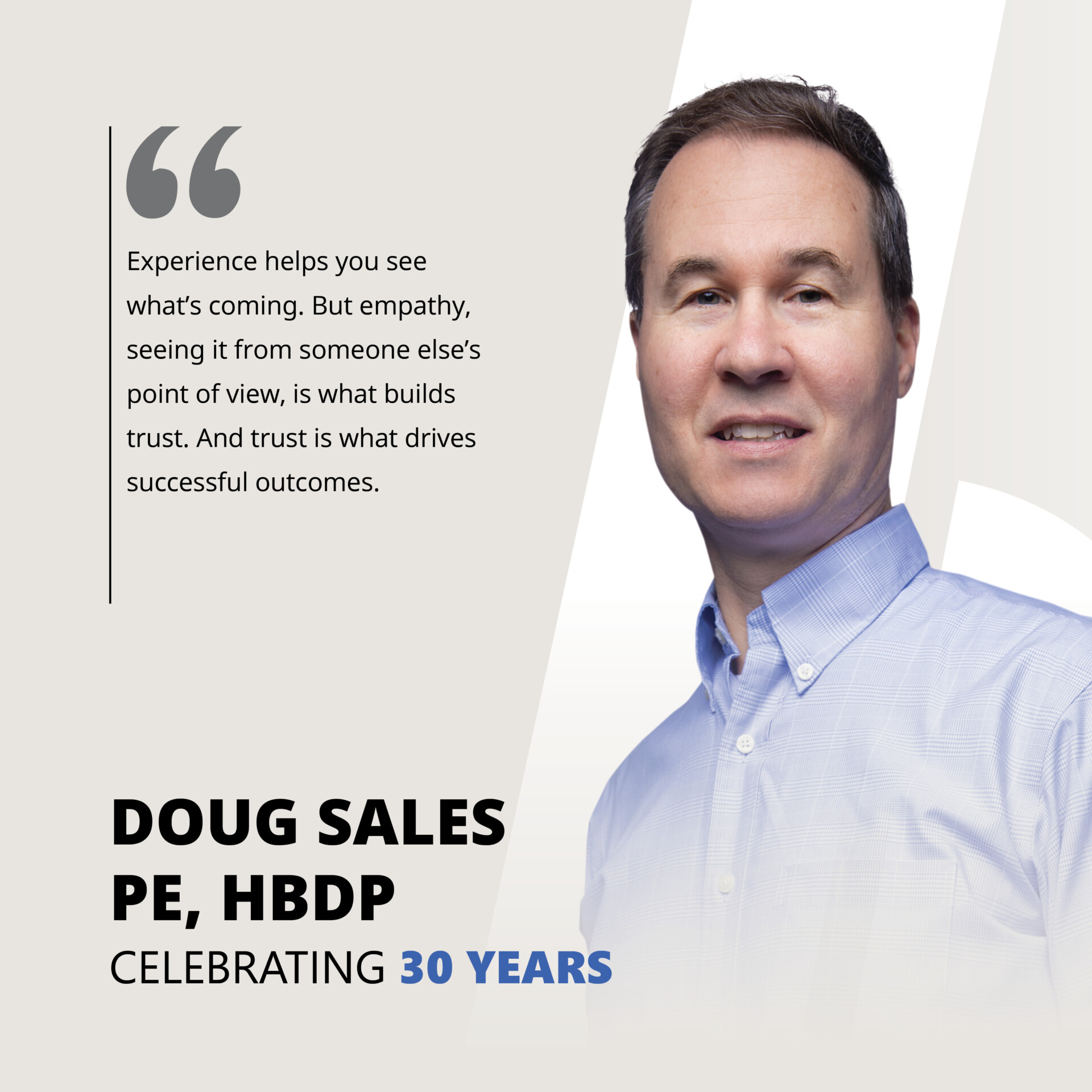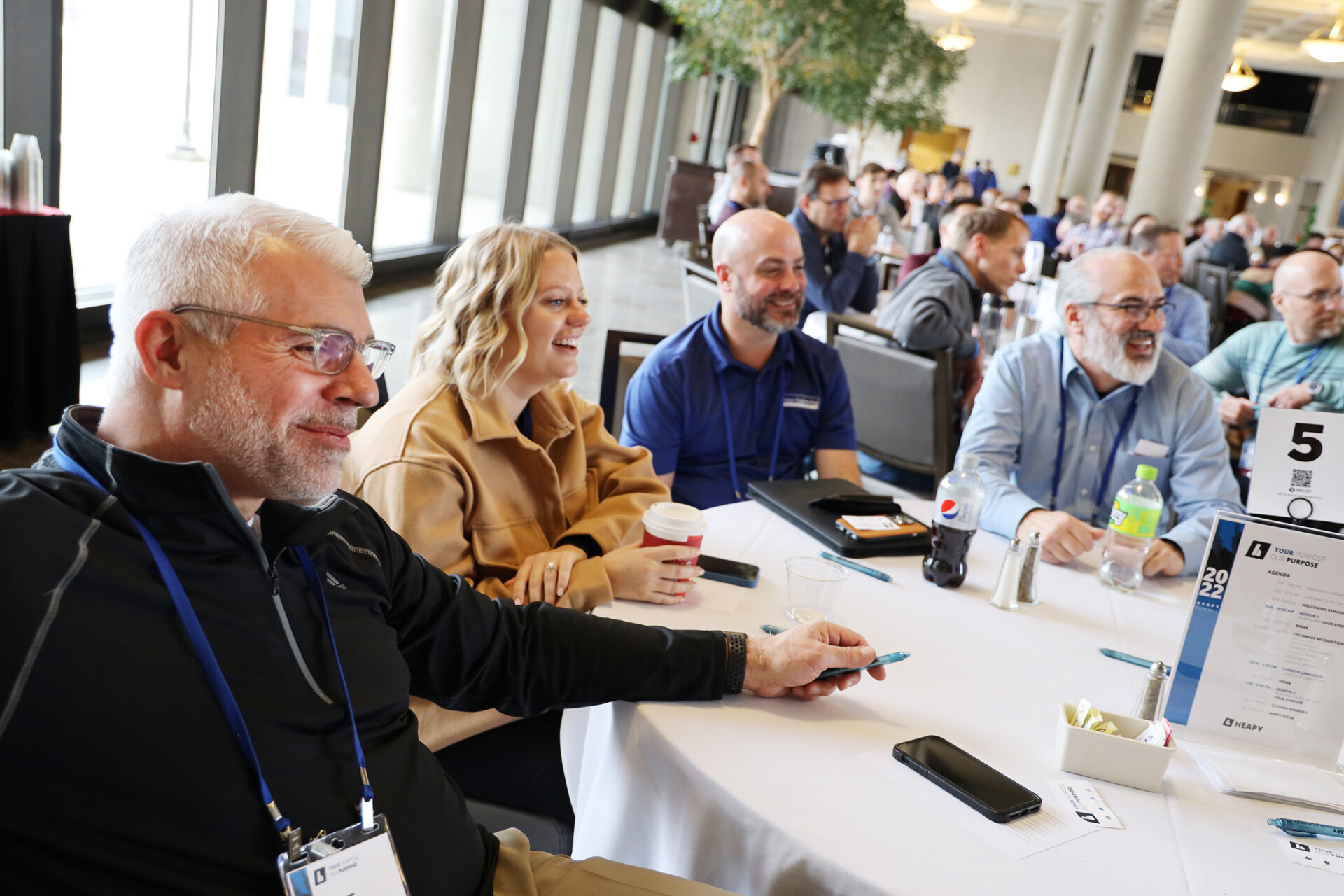 This month, we’re excited to showcase Kurt Darding, a project manager who specializes in delivering tailored solutions to our local and Federal government clients. With more than 20 years of experience planning and executing projects for government clients, Kurt is an expert at understanding the complex needs of local, state, and Federal agencies. He has achieved great success leading the design of innovative, efficient, and functional facilities for all levels of civic institutions.
This month, we’re excited to showcase Kurt Darding, a project manager who specializes in delivering tailored solutions to our local and Federal government clients. With more than 20 years of experience planning and executing projects for government clients, Kurt is an expert at understanding the complex needs of local, state, and Federal agencies. He has achieved great success leading the design of innovative, efficient, and functional facilities for all levels of civic institutions.
Q: What strengths and skills do you leverage to be an effective project manager for your government and Department of Defense (DoD) clients?
A: Communication is critical, including listening attentively and grasping the intricate standards and guidelines provided by our various government clients. Whether it’s the Department of Defense (DoD), General Services Administration (GSA), or other Federal agencies, each entity has its own set of specific requirements. Staying updated on these standards is crucial, as they can vary from installation to installation and across different branches of the military and Federal agencies. It’s an ongoing process to ensure our knowledge base remains current and relevant.
Q: Can you elaborate on your approach to communication and client interaction and how that sets you apart?
A: Many engineering firms opt for a more passive approach, waiting for client directives and limiting involvement to occasional review meetings. However, I firmly believe in taking a proactive stance. This involves establishing regular face-to-face interactions with our clients to foster a deeper understanding of their project requirements. By being more engaged and interactive, we can anticipate potential issues and address them head-on rather than waiting for them to arise and reacting after the fact.
Q: What makes DoD spaces unique, and what strengths do you bring to executing projects for them?
A: DoD projects present unique challenges due to their rigorous review processes and adherence to strict guidelines and standards. These spaces require meticulous attention to detail and specialized expertise to navigate successfully, as well as an understanding of the people who occupy those spaces and how the spaces fit into the overall mission.
The type of space the government needs is also vast and unique compared to other professional sectors. Each project has complexities because the work encompasses everything from blast test cells for Naval facilities to daycare centers for government employees. Our strength lies in our ability to adapt to these diverse requirements and deliver tailored engineering solutions that meet the specific needs of our DoD clients.
Q: What are some common project challenges, and how do you overcome them?
A: One common challenge we encounter is the discrepancy between the outlined project scope and the impact of guidelines and standards. Often, specific requirements may not be explicitly stated in the initial scope of work, leading to unexpected complications during the design and construction phases. To overcome these challenges, we rely on our experience and professional knowledge to anticipate potential issues and ensure compliance with all relevant regulations. This proactive approach allows us to address discrepancies early on and mitigate risks effectively.
Q: Can you share a favorite project or achievement?
A: One project that stands out to me is the NASA Research Support Building at the Glenn Research Center in Cleveland, Ohio. It had several complexities and new challenges that presented a learning opportunity for our team.
Unlike many government buildings, which often date back to the 1970’s or even as far back as the 1940’s, this was a new construction project, allowing me to see a side of design that results in a modern look and feel. Collaboration was massive, as there were also unique cost challenges requiring creative solutions to align estimates with the construction budget. Additionally, the project presented some interesting mechanical challenges, like integrating radiant heat throughout the building and navigating a complex layout where the main mechanical room was separated from the rest of the building. It was an exciting opportunity to use strategic problem-solving and creative thinking to create pathways that effectively delivered the MEP utilities to their designated areas.
Discovering solutions to cost obstacles and developing a design that achieved LEED Silver certification was extremely rewarding. In addition to the professional growth it offered, this project also received the Honor Award for Engineering Excellence from the American Council of Engineering Companies of Ohio (ACEC), and it felt great to be recognized for this accomplishment.
Q: What advice would you give to someone starting in their career, particularly in engineering?
A: My advice is to actively seek guidance from experienced colleagues and not hesitate to ask questions. Rather than waiting for opportunities to come to you, actively pursue them. When seeking advice, approach conversations thoughtfully by considering possible solutions beforehand and presenting your recommendations to demonstrate initiative. This approach helped me immensely in my own career, especially when tackling real-world challenges such as shop drawing and RFI review during construction projects. Balancing independent problem-solving with seeking advice will set you up for success in engineering.
Kurt’s commitment to managing government projects shows his dedication to excellence and service to clients at all levels of government. His innovative solutions and proactive approach highlight the importance of adaptability and foresight in addressing challenges. We value his experience and anticipate his continued contributions to shaping future government projects and bolstering our communities.
Curious about joining our team? Explore Our Career Opportunities.





